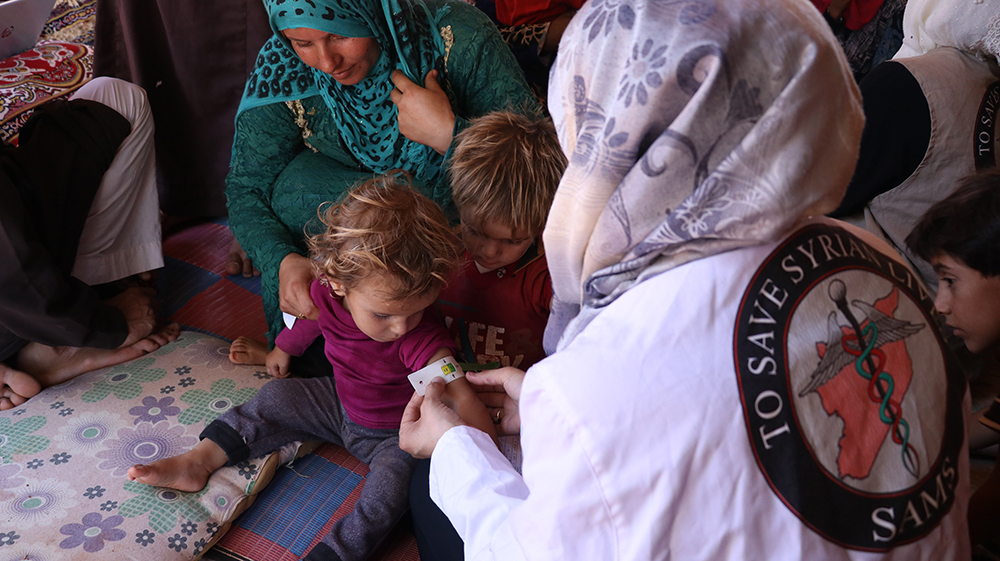May 15, 2014
The United Nations has received only 28% of the $6.5 billion needed for 2014 in order to meet the need for humanitarian relief in Syria (Underfunded Aid). This means that the U.N. will need another $4.7 billion for aid programs inside Syria and neighboring countries that host Syrian refugees. Due to a lack of funding, the U.N. had to revise two of its largest plans for humanitarian assistance—the Syria Humanitarian Assistance Response Plan (SHARP), which serves IDPs, and the Syria Regional Response Plan (RRP), which serves Syrians who have fled the country.
Lack of funding has already impacted the Syrians who need aid. Current government contributions, U.N. grants, and private donations, are inadequate to meet the funding needs of international NGOs providing services to Syrians. SAMS is not exempt from the effects of donor fatigue. For example, SAMS psychosocial program in Jordan needs more funding to continue providing therapy for trauma survivors and expand our services. Services provided by SAMS psychosocial program include individual and group therapy and activities for children. These activities build trust and empower children to live healthy stable lives.
Not only does SAMS need continued support to expand existing services, but also to rebuild medical facilities damaged as a result of the violence. One such incident occurred on April 12, 2014, when two barrel bombs hit a building next to a SAMS field hospital in Aleppo. The facility is one of the main hospitals serving a population of approximately 1.5 million. Several floors were damaged including the facility’s fuel and water systems. It will take additional funding to maintain the work that SAMS is already doing and to expand upon efforts both within Syria and surrounding host countries.
If the U.N has only received less than a third of requested funding for humanitarian aid for Syrian refugees and IDPs, then imagine what could be done if the U.N. was fully funded. Likewise, if aid organizations are impacting the lives of thousands with a restricted budget, imagine what they could do if they had the means to expand their programs and outreach. Imagine all the lives that could be spared if doctors had all the required equipment. Imagine all the children who would not be a part of a lost generation because they had access to education, counseling, and healthcare. Imagine the possibilities if all humanitarian needs from this crisis were met.




